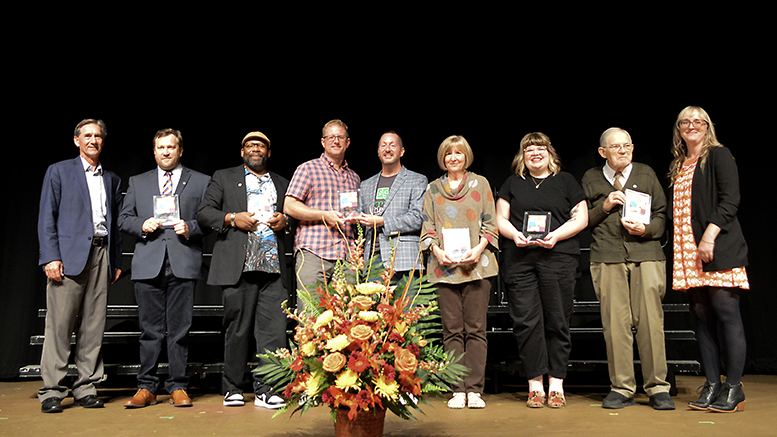Welcome to a world where art comes alive on the streets. In this article, we embark on a fascinating journey with Emily Bennett, an experienced street art writer, as she uncovers the vibrant and meaningful artworks that grace cities around the world.
Exploring the Origins of Street Art
Uncover the rich history and origins of street art, tracing its roots back to the graffiti culture of the 1970s.
Street art has a fascinating history that dates back to the vibrant graffiti culture of the 1970s. Emerging as a form of artistic expression in urban environments, street art has evolved into a powerful medium for social commentary, cultural representation, and personal storytelling.
The origins of street art can be traced back to the streets of New York City, where graffiti artists began using public spaces as their canvas. What started as an underground movement quickly gained recognition and became a global phenomenon, with artists from all walks of life embracing this unique form of artistic expression.
Today, street art has transcended its rebellious beginnings and is celebrated as a legitimate art form, with cities around the world embracing and commissioning street art to beautify public spaces and engage communities.
The Power of Street Art in Urban Landscapes
Discover how street art transforms urban landscapes, bringing color, vibrancy, and thought-provoking messages to city streets.
Street art has the power to transform urban landscapes, turning drab walls into vibrant masterpieces. It brings a sense of life and energy to city streets, captivating passersby and creating a unique visual experience.
One of the remarkable aspects of street art is its ability to communicate powerful messages and spark conversations. Artists use their work to address social issues, advocate for change, and challenge the status quo. From political statements to environmental awareness, street art serves as a platform for artists to express their thoughts and engage with the community.
Moreover, street art has the potential to revitalize neglected areas and create a sense of pride within communities. It can turn forgotten spaces into cultural landmarks, attracting tourists and boosting local economies.
The Global Language of Street Art
Explore how street art transcends language barriers, connecting people from different cultures and backgrounds through its universal visual language.
Street art is a universal language that transcends linguistic barriers. It speaks directly to the viewer, evoking emotions and sparking conversations regardless of one's native tongue.
Artists from around the world use street art as a means of cultural exchange, sharing their unique perspectives and experiences with a global audience. Through their art, they bridge gaps between cultures, fostering understanding and empathy.
Street art festivals and collaborations further enhance this global dialogue, bringing artists together to create collaborative murals that blend different styles and techniques. These artistic collaborations not only create visually stunning works but also promote cultural exchange and celebrate diversity.
Preserving and Celebrating Street Art
Learn about the efforts to preserve and celebrate street art, ensuring its longevity and cultural significance.
While street art is often temporary in nature, efforts are being made to preserve and celebrate its cultural significance. Street art festivals, curated exhibitions, and dedicated art spaces provide platforms for artists to showcase their work and engage with the public.
Additionally, initiatives such as community-led mural projects and legal graffiti walls offer artists a space to create without the fear of vandalism or legal repercussions. These initiatives not only support artists but also contribute to the beautification of neighborhoods and the fostering of community pride.
It is important to recognize the value of street art as a form of artistic expression and cultural heritage. By preserving and celebrating street art, we ensure that future generations can appreciate and learn from this dynamic and ever-evolving art form.
Conclusion
Street art is a powerful form of artistic expression that has the ability to transform urban landscapes, bridge cultural divides, and spark meaningful conversations. From its rebellious origins in the graffiti culture of the 1970s to its current status as a celebrated art form, street art continues to captivate and inspire.
Through vibrant murals, thought-provoking messages, and collaborations that transcend borders, street art has become a global language that connects people from all walks of life. It revitalizes neighborhoods, promotes cultural exchange, and serves as a platform for artists to express their voices and advocate for change.
As we preserve and celebrate street art, we ensure that its impact and cultural significance endure for future generations. By embracing this dynamic art form, we embrace the power of creativity, diversity, and community engagement.

